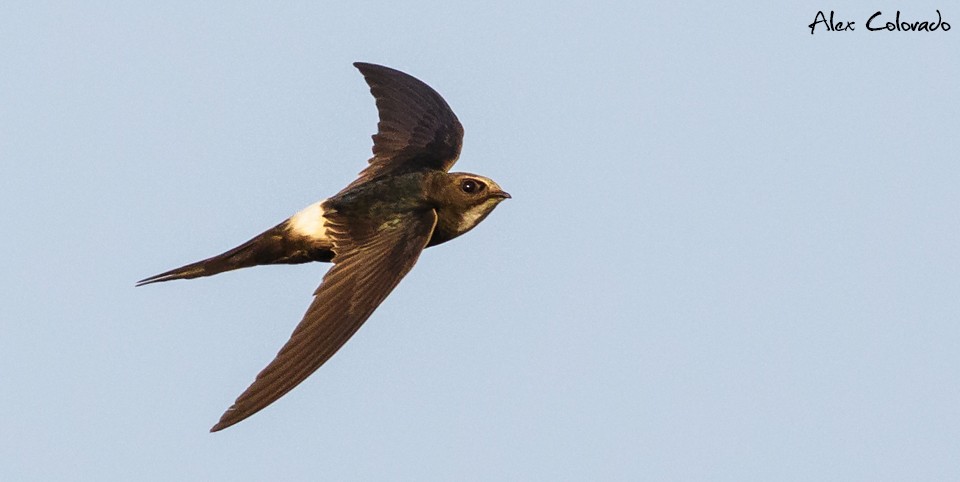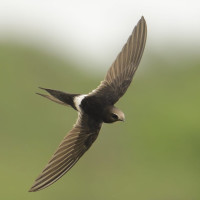Beskrivning
The point of reference is the Punta Carbonera lighthouse, located at the top of the cape that gives it its name, from where there are excellent views of the entire coast, both towards the Strait of Gibraltar and towards the Costa del Sol. Mainly to the north, a narrow strip of beach, coastal and Mediterranean scrub, attracts many species.
The greatest number of species appear during migration periods, with a good numbers of warblers and thrushes. Winter can be interesting with, for example, several species of seagulls, sånglärka or ljungpipare (some years). During the breeding season there are some species that are difficult to find in other nearby areas such as vitgumpseglare, Rostgumpsvala, medelhavsstenskvätta, lagerlärka or, with luck, rödhalsad nattskärra. The beach is a good place for seabirds, both in winter and in migration, such as Gulnäbbad lira, balearisk lira, tordmule, havssula, rödnäbbad trut, Kentsk tärna or svarttärna. Waders are also present, mainly coastal ones, such as roskarl, sandlöpare, småspov, strandskata (sometimes) or svartbent strandpipare that breeds there. The rocks near the shore are very good to see resting toppskarv, which breed at Gibraltar and go there to feed.
The river Guadalquiton, at the end of the path, is a good place for waders, rails, herons and freshwater passerines. Also, with westerly winds, it is possible to see good numbers of soaring birds and other daytime migrants.
In summer, after watching birds in the early hours, you can swim on the beach.
Detaljer
Tillgänglighet
The best option is, from the A-7 motorway, take exit 124 and continue towards La Alcaidesa on the service road. Take the second entrance on the right, where there is a sign that says El Faro, and we come in the urbanization through the Golf Avenue by a level crossing, passing in front of the Fire Station. At the second roundabout, take the third exit towards El Faro, by the Calle Arquitecto Pablo Cerezo, passing, just after, besides the Club Alcaidesa Links Golf Resort. At the end of this road, where the "beach access" sign is, continue along the service road (be careful because it is narrow and curvy). At the crossroads, take the unpaved road to the Torre Carbonera Lighthouse.
Terräng och habitat
Strand , Spridda träd och buskar , Hav / ocean , FlodFörhållanden
Sandigt , Ingen skugga , PlattRundtur
NejTubkikare behövs?
Kan vara användbartBästa säsong för skådning
Året runtBästa tid för ett besök
Höststräck , Vårsträck , SommarRutt
Grusväg , Bred stigHur ansträngande vandring
Lätt vandringNås
Bil , Cykel , Till fotsFågeltorn / plattform
NejExtra information
The star species is surely vitgumpseglare. It's a transaharian species that arrives mainly in May, with some individuals in late April, and leaves mostly before October. The Rostgumpsvala build their nests in abandonated buildings and military bunkers, so this swift is going to be found there too.


 (003).jpg)
